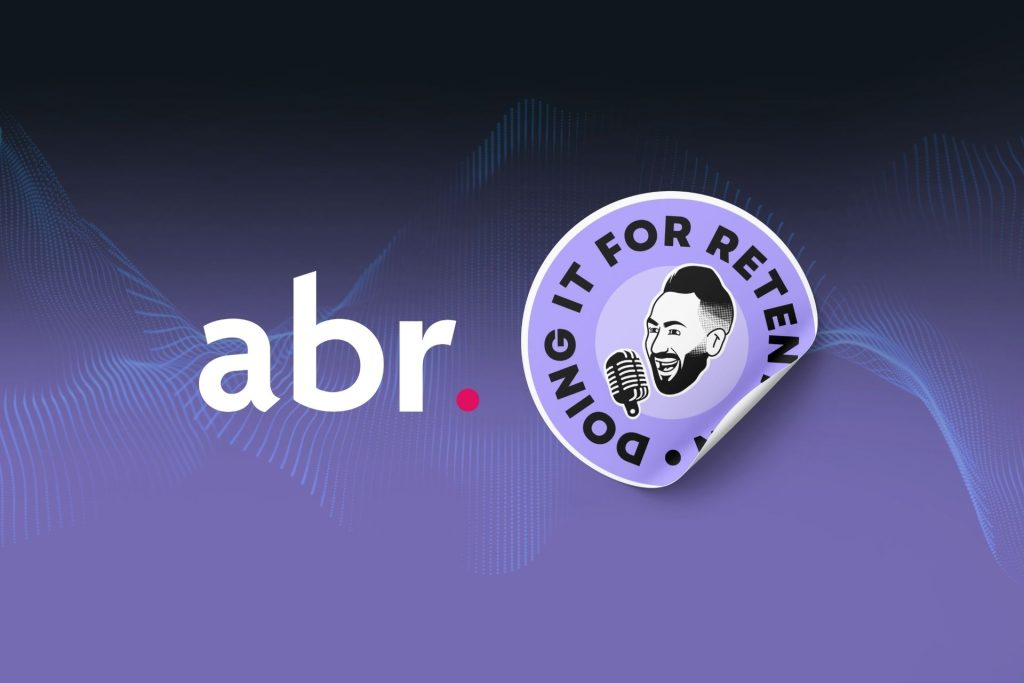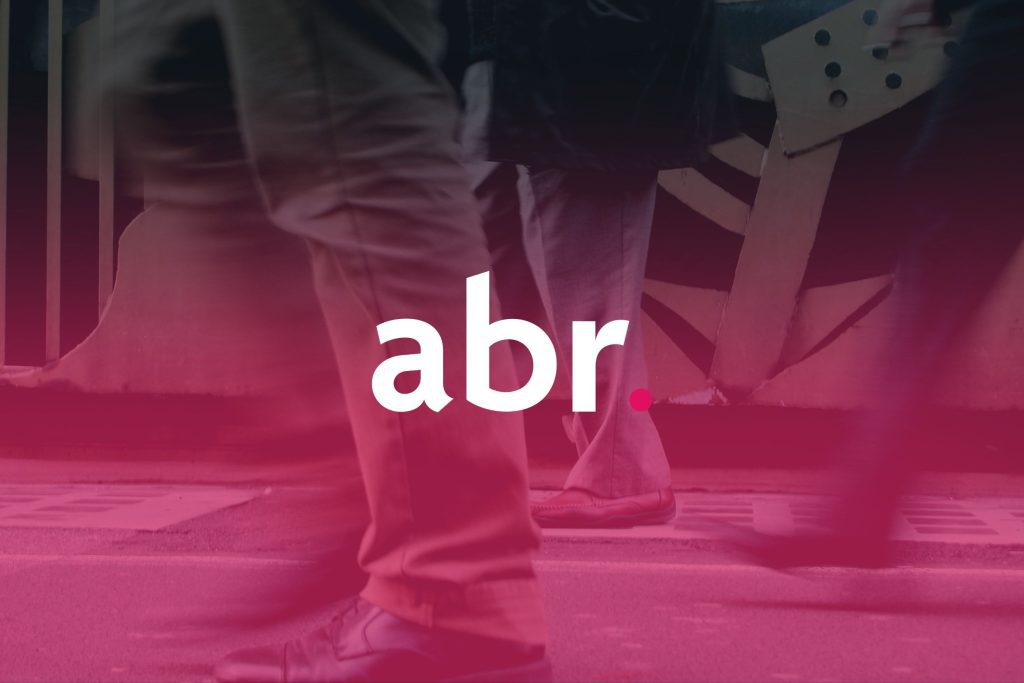You’ve just closed your seed round. You finally have the budget to expand the team. It’s an exciting milestone, the beginning of real growth.
You post your first job ad and, almost immediately, your inbox explodes. Dozens, then hundreds of applications roll in. At first, it feels like success. But by the tenth CV, that excitement turns to frustration. Half the applicants are unqualified. Some don’t have the right to work in your country. A few seem wildly overqualified. Others are clearly AI-generated or copy-pasted from ChatGPT. Welcome to the modern hiring trap: high volume, low quality.
77% of all Applications Were Bad
Across the UK and US, recruiters consistently report that the majority of job applications are low quality.
One study found that 77% of all applications were “bad quality,” 10% “average,” and only 13% “good.” [1]
Another report revealed that fewer than one in three recruiters (30%) received high-quality applications for their last hire, while 63% still review every CV manually. [2]
That means even experienced hiring teams spend most of their time filtering out irrelevant candidates. For founders handling recruitment alone, the burden is even heavier, you’re not hiring full-time, but it’s still eating full-time hours.
Inbound Hiring is Nearly six Times Less Efficient
Founders often underestimate the hidden time cost of screening. The average recruiter spends just 7.4 seconds reviewing a CV before deciding whether to move forward or reject it. [3] That might sound efficient, until you multiply it by 300 or 400 applications per role.
Those minutes add up to hours. Hours add up to days. Days that could have been spent on customers, fundraising, or building your product.
And that’s before you factor in interviews, candidate communication, and reference checks. The reality is: every CV you read yourself costs your company time and money.
What’s more, the odds aren’t in your favour. Lever’s 2022 benchmarks found that inbound applications required 176 applicants per hire, compared with just 30 proactively sourced prospects when recruiters targeted and engaged candidates directly. [4]
In other words, inbound hiring is nearly six times less efficient and a drain on early-stage focus and cash.
The Risks are Increasing
Even if you get lucky and fill the role, hiring the wrong person can hurt far more than leaving the seat empty.
A mis-hire isn’t just a financial mistake. It can damage morale, slow product velocity, and erode trust in your leadership. In small teams, cultural misalignment or underperformance doesn’t get absorbed, it amplifies.
And in today’s hiring landscape, the risks are increasing. Gartner predicts that by 2028, one in four candidate profiles could be fake, thanks to AI tools that make it easy to embellish credentials or fabricate experience. [5]
Without the right processes and checks in place, early-stage teams are especially vulnerable to these errors.
Finding High-fit Candidates
A recruiter isn’t just someone who finds people, they’re someone who protects your time, your focus, and your runway.
They filter noise before it hits your inbox.
Recruiters set up structured application forms, knockout questions, and pre-screens that automatically eliminate poor-fit applicants. They also post roles on niche channels where qualified candidates are more likely to look, not just on mass-market job boards that attract every job seeker under the sun.
They bring you a curated shortlist, not chaos.
Instead of reviewing hundreds of applications, you’ll see a small handful of pre-vetted, high-fit candidates who’ve already been interviewed and benchmarked against your role’s requirements. You spend time meeting real options, not deleting irrelevant CVs.
They make your hiring more accurate.
Recruiters use structured assessments, proven to increase fairness and prediction accuracy. This process consistency ensures that decisions are based on capability and fit, not just gut feeling.
They protect against fraud and bias.
Recruiters implement identity checks, reference verification, and consistency reviews that catch red flags early. As candidate fraud rises [5], this layer of quality control is becoming essential, not optional.
Pay for Clarity
When you work with a recruiter, you’re not paying for resumes, you’re paying for clarity.
- Instead of hundreds of unqualified CVs, you get a shortlist of people you want to meet.
- Instead of losing hours to inbox management, you focus on product, customers, and investors.
- Instead of rolling the dice on culture fit, you get data-driven, structured evaluation.
- Instead of reacting to hiring chaos, you lead your team’s growth with purpose and precision.
Put simply: you protect your runway by outsourcing the noise.
Speed up, Not Slow Down
Recruiting isn’t just about filling seats; it’s about shaping the DNA of your company.
At seed stage, every hire matters. Every role is a building block of your brand, your execution speed, and your culture.
You wouldn’t write your own contracts if you weren’t a lawyer. You wouldn’t design your own pitch deck if you weren’t a designer. So why handle hiring, one of your most high-impact, high-risk decisions, without professional help?
A good recruiter doesn’t slow you down. They speed you up, safely.
References
[1] UK Recruiter / Wave Recruitment Trends (2023, UK). Source: UK Recruiter – Quantity vs Quality: Why job board application volume isn’t the metric to focus on, 3 May 2023.
[2] Totaljobs Application Quality Study (2025, UK). Source: Totaljobs – How recruiters define application quality and why improving it can lead to better, faster hires, May 2025.
[3] Ladders Eye-Tracking Study (2018, US). Source: Ladders – Eye-Tracking Study, 2018.
https://www.theladders.com/press/eye-tracking-study
[4] Lever Talent Benchmarks (2022, US/global). Source: Lever – 2022 Talent Benchmarks Report, pp. 5 & 23.
[5] Gartner prediction via HR Dive (2025, global). Source: HR Dive – By 2028, 1 in 4 candidate profiles will be fake, Gartner says, 8 Aug 2025.
[6] U.S. Office of Personnel Management (OPM) – Structured Interviews Guidance. Source: U.S. Office of Personnel Management – Assessment Methods: Structured Interviews.




